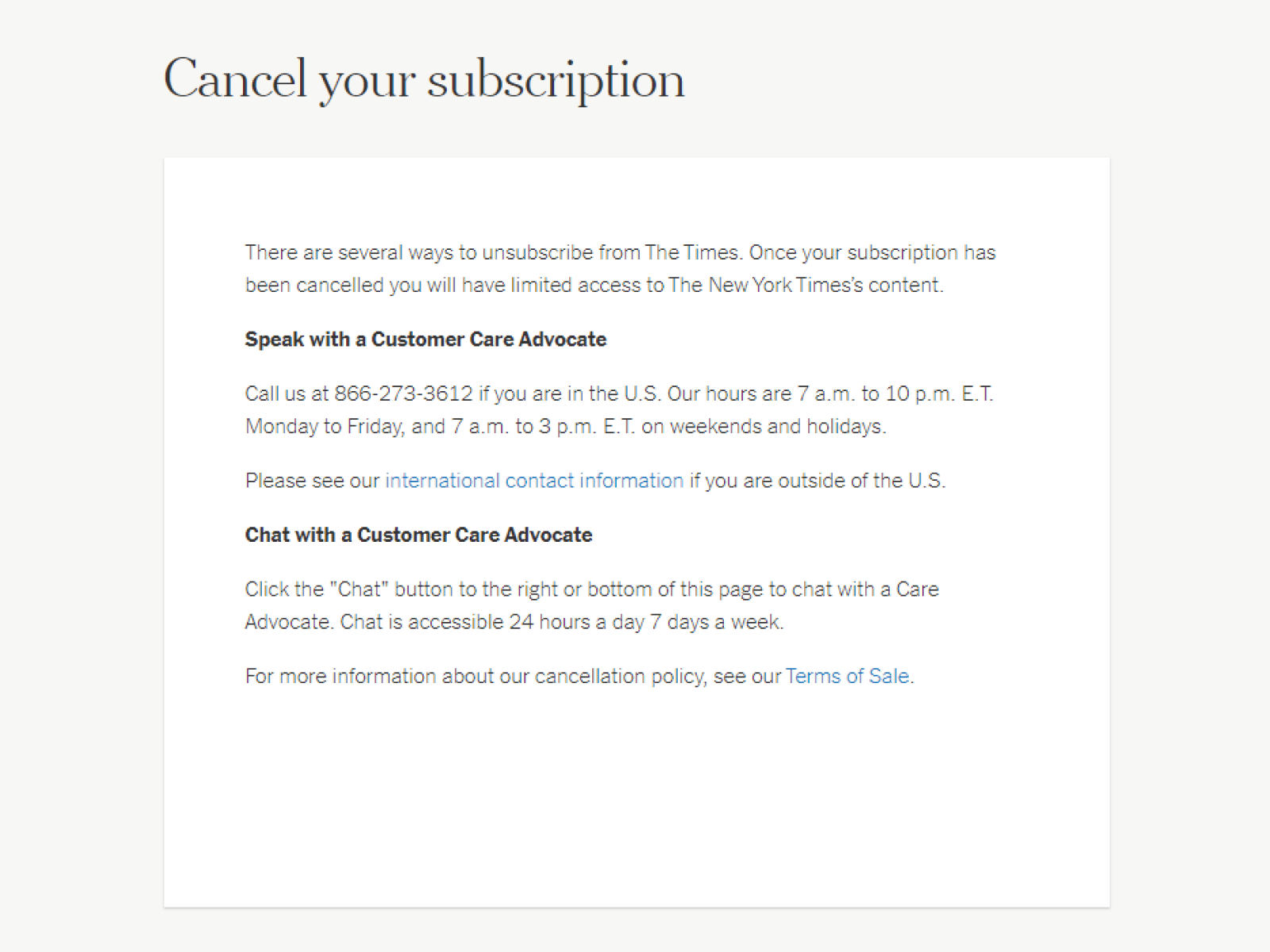A recent investigation by the U.S. Federal Trade Commission (FTC) in conjunction with two international consumer protection networks revealed that a significant majority of subscription-based websites and apps employ “dark patterns.” These manipulative design techniques push users toward actions they might not otherwise take, often at the expense of their privacy or financial well-being.
The study analyzed 642 websites and apps offering subscription services and found that nearly 76% used at least one dark pattern, while approximately 67% employed multiple dark patterns. According to the FTC, these patterns include a range of tactics that subtly influence user behavior, often without their conscious awareness.
Dark patterns, a term first coined by user experience designer Harry Brignull, refer to deceptive design practices crafted to trick users into taking business-beneficial actions. The FTC’s investigation highlights how pervasive these techniques have become, particularly in the subscription service industry.
Among the most common dark patterns identified was “sneaking,” where websites and apps hide or delay the disclosure of critical information, such as the inability to turn off auto-renewal for subscriptions during sign-up. The study found that 81% of the examined sites and apps used this tactic. Furthermore, 70% of these providers did not offer clear information on how to cancel a subscription, and 67% failed to provide the deadline for cancellation to avoid being charged again.

Another prevalent dark pattern is “obstruction,” which involves making specific actions, such as canceling a subscription, more difficult or tedious. For instance, some apps obscure the “X” to close a pop-up offer, making it harder for users to bypass sign-ups for free trials. “Nagging” is also common, where users are repeatedly prompted to perform specific actions. TikTok, for example, frequently asks users to upload their contacts even after they have declined.
“Forced action” is another tactic identified in the study, where users must complete a particular task, like entering payment details, to access specific features. This was found in 66.4% of the websites and apps reviewed. Additionally, “social proof” leverages the behavior of others to influence users, a technique often seen in e-commerce but also used to encourage subscription sign-ups. The study noted that 21.5% of the sites and apps employed social proof techniques.
The investigation also highlighted “interface interference,” which refers to design choices that steer users toward decisions favorable to the business. This can include pre-selecting longer or more expensive subscription plans or using visual cues to make these options more prominent. About 22.5% of the examined sites employed pre-selection, and 38.3% used a “false hierarchy” to influence user decisions.
The report underscores the broader implications of dark patterns, noting that these techniques impact consumers’ wallets and their privacy choices. The Global Privacy Enforcement Network (GPEN), which participated in the review, particularly emphasized this. GPEN’s findings show that many websites and apps use design patterns that encourage users to share more personal information than they might intend.
The FTC’s renewed focus on dark patterns signals a potential crackdown on these deceptive practices. The release of this report coincides with the FTC assuming the presidency of the International Consumer Protection and Enforcement Network (ICPEN) for 2024-2025. The collaboration with GPEN, a network of over 80 privacy enforcement authorities, highlights the growing intersection between consumer protection and privacy regulations.
“Good design includes default settings that provide the best privacy protection; highlighting privacy options; neutral wording and design to provide privacy choices in a fair and transparent way,” advises GPEN. The organization encourages platforms to offer online experiences free from manipulation to build user trust and gain a competitive advantage through ethical practices.
You can view the FTC press release here and the press release from ICPEN here. The full study PDF document, which was published on July 2, 2024, can be found here.
